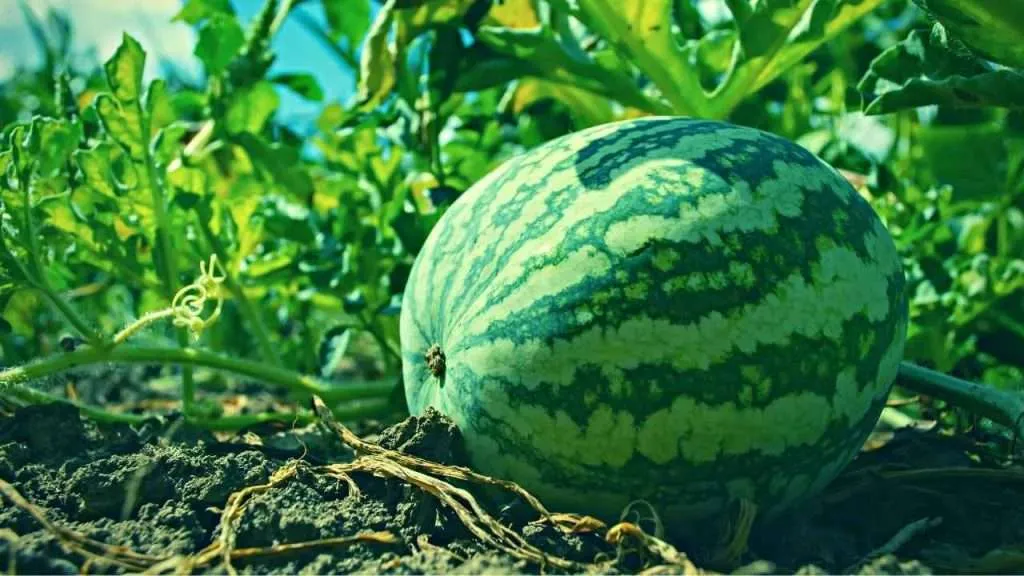Introduction
Watermelons are a quintessential summer fruit, known for their refreshing taste and vibrant colors. But have you ever wondered about the journey a watermelon takes from a tiny seed to the juicy, sweet fruit you enjoy on a hot summer’s day? Understanding the growth stages of watermelons can help you appreciate the time, care, and patience it takes to cultivate these delicious treats.
Watermelon Varieties
Before we delve into the watermelon growth stages, it’s important to note that there are various watermelon varieties, each with unique characteristics. Common varieties include seedless, seeded, mini (or personal-sized), and yellow-fleshed watermelons. While the growth stages are generally similar for most varieties, some nuances exist.
Stage 1: Seed Selection and Germination
The journey of a watermelon begins with the selection of high-quality seeds. Growers typically choose seeds from healthy and disease-resistant watermelons. Once selected, these seeds are planted in nutrient-rich soil. The germination process typically takes about 7 to 10 days, during which the seedlings emerge from the soil.
Stage 2: Seedling Growth
After germination, the tiny seedlings begin to grow. At this stage, they need careful attention and care to ensure they develop into healthy plants. Adequate sunlight, water, and protection from pests and harsh weather conditions are essential. Seedlings will have their first true leaves at this stage, and they can be transplanted into the garden or field.
Stage 3: Vine Development
Watermelons are vine plants, and the next stage of growth involves the development of sprawling vines. These vines grow rapidly, extending along the ground or climbing supports, depending on the cultivation method. Vines produce tendrils, which help anchor the plant and support fruit growth.
Stage 4: Flowering
Watermelon plants are monoecious, meaning they have both male and female flowers on the same plant. Bees and other pollinators play a crucial role in transferring pollen from male to female flowers, a process that leads to fruit development. Typically, the first flowers to appear are male, followed by female flowers that have a small, immature fruit at the base.
Stage 5: Fruit Setting
Once pollination occurs, the tiny fruit at the base of the female flower begins to grow. As the fruit develops, it’s essential to provide consistent water, nutrients, and care to ensure optimal growth. The fruit’s shape and size become more apparent during this stage.
Stage 6: Maturation
The maturation stage is where the watermelon starts to take on its characteristic appearance. The fruit continues to grow, and its skin darkens and thickens. The sugar content also increases, contributing to the sweetness of the watermelon. Growers monitor the fruit’s progress and adjust care as needed.
Stage 7: Harvest
Harvesting watermelons at the right time is crucial to ensure they are ripe and flavorful. The ideal time to harvest can vary depending on the variety, but some signs to look for include a dull appearance of the skin, a hollow sound when tapped, and the ease of separating the fruit from the vine. Harvesting too early can result in an underripe and less sweet watermelon.
Stage 8: Enjoying the Fruits of Your Labor
Once harvested, it’s time to savor the delicious fruit you’ve nurtured through its growth stages. Watermelons are best enjoyed fresh, chilled, and shared with friends and family on a hot summer day. You can also use them in a variety of recipes, from salads and smoothies to desserts and cocktails.
Conclusion
The growth stages of watermelons are a testament to the patience and care required to cultivate this beloved summer fruit. From selecting quality seeds to nurturing healthy plants, pollination, and harvesting at the right time, each stage plays a crucial role in producing sweet, juicy watermelons. Understanding these stages not only helps growers but also allows consumers to appreciate the effort that goes into bringing this delightful fruit to their tables. So, the next time you enjoy a slice of watermelon, take a moment to reflect on the journey it took to reach your plate.





























